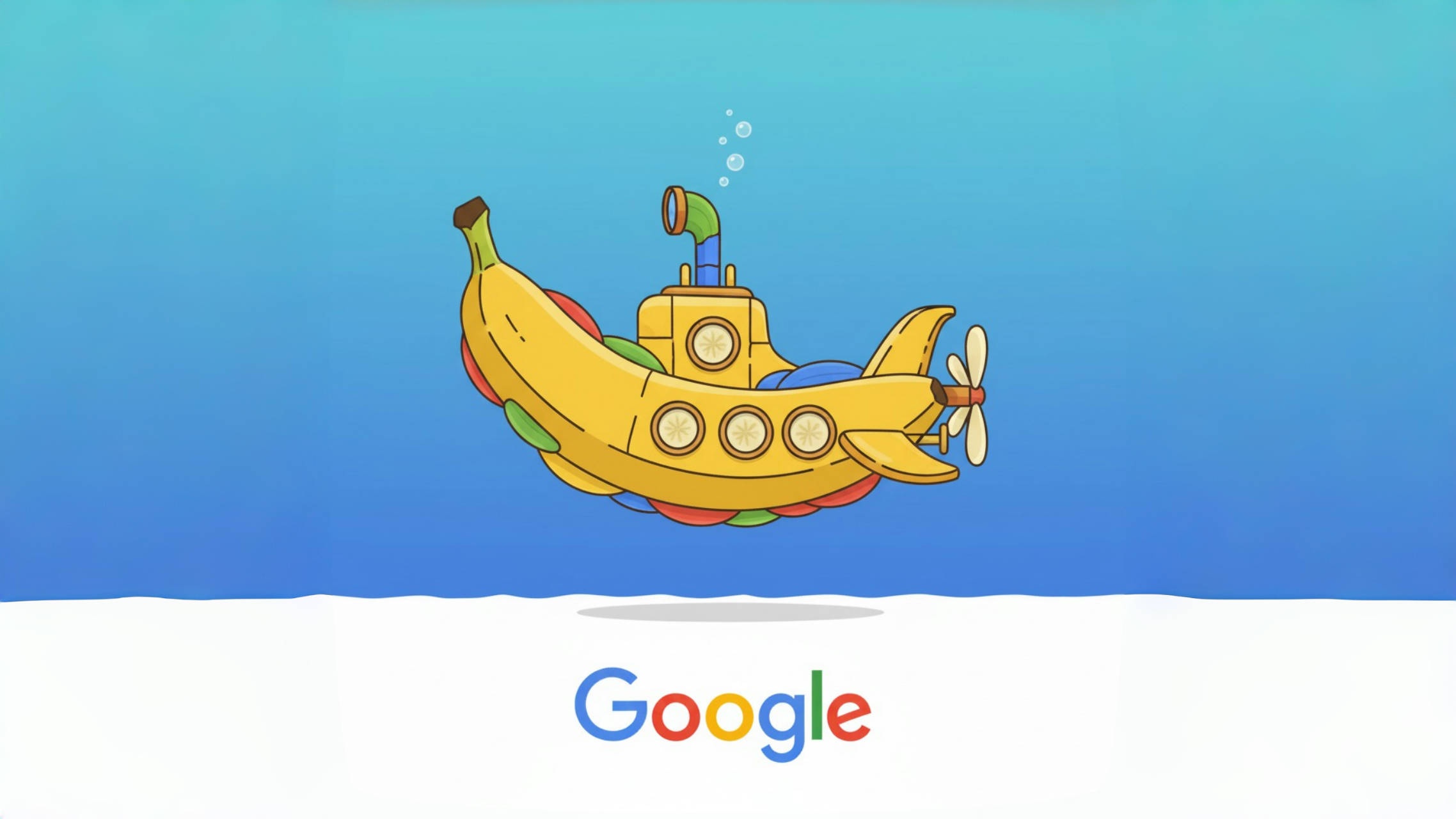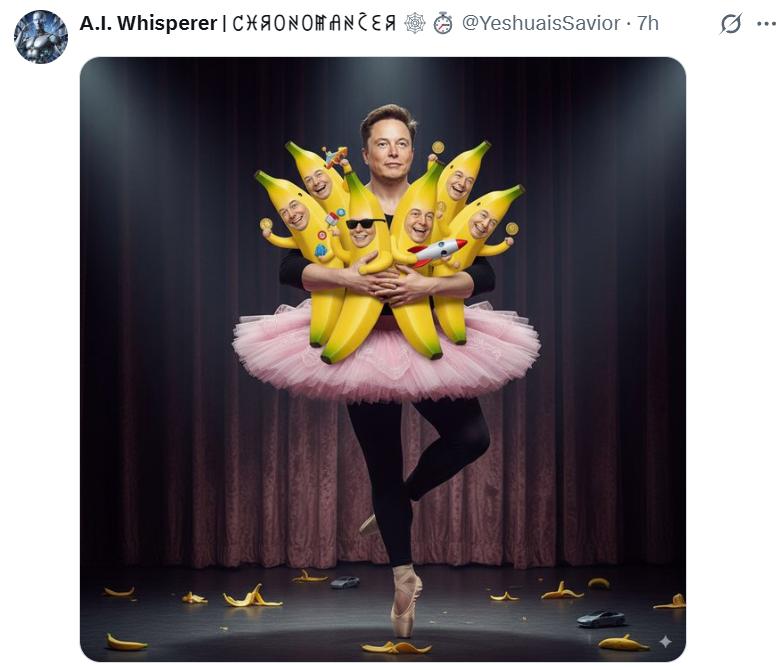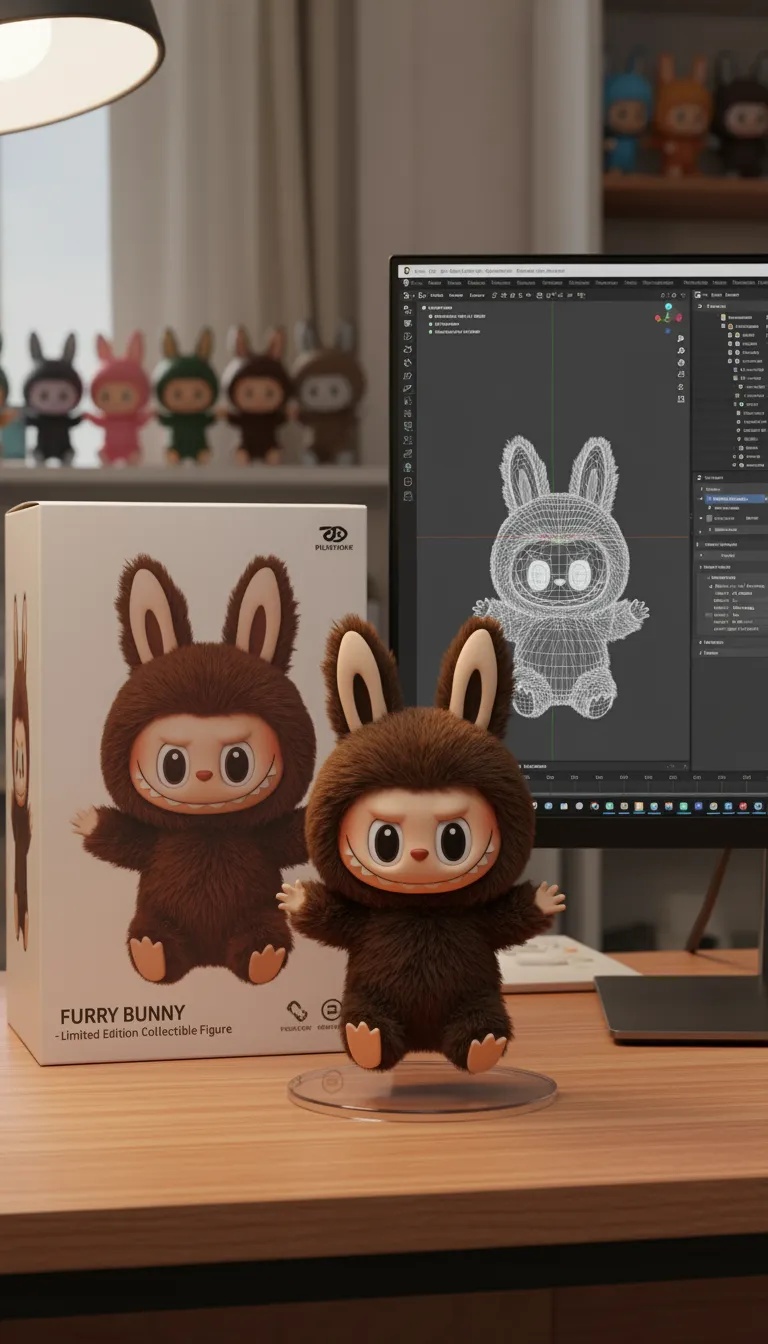Google’s Nano Banana: The Next Big Leap in AI-Driven Image Editing
Artificial intelligence is rapidly transforming creative industries, and Google’s latest stealth project, Nano Banana, could be a game-changer. Recently popping up on various forums and AI testing platforms, Nano Banana has sparked a mix of excitement and curiosity. But what exactly makes this tool different, and is it really from Google? Let’s dive in.

What is Nano Banana?
At first glance, the name Nano Banana might sound like something out of a science fiction novel, but behind the quirky name is an AI model that’s already outshining many existing image generation tools. The platform’s early appearances were on sites like LMArena, where AI models compete in “Battle Mode” to generate the best responses to user prompts. Users quickly noticed that one model consistently delivered better results, handling everything from facial consistency to complex scene context with remarkable precision.
As more users and developers started digging, the banana-themed icons and references from Google engineers on social media pointed toward something much bigger—potentially Google’s next major step in generative AI. While Google has yet to confirm its involvement, the signs are hard to ignore.
What Sets Nano Banana Apart?
So, what makes Nano Banana stand out in the crowded world of AI image generation? The tool offers several key features that differentiate it from others:
1. Language-Based Editing (No Layers, No Photoshop Skills Needed)
Traditional image editing tools like Photoshop require users to be proficient with layers, masks, and other complex features. Nano Banana, however, lets you make changes to images by simply describing what you want. For example, you can say “remove the background and replace it with a beach” or “make her smile and add soft lighting.” The AI then executes the task without you having to lift a finger beyond typing your instructions. This is especially useful for creators who lack graphic design experience but still want to produce professional-looking edits.
2. Identity Preservation (No More “Character Change” Woes)
Anyone who has worked with AI image generation tools knows how frustrating it can be when you edit an image, but the character keeps changing—new hair, different expressions, inconsistent features. Nano Banana seems to have solved this problem by ensuring that any changes made to an image, like switching backgrounds or adjusting the lighting, don’t affect the subject. This makes it perfect for projects where consistency is key, like avatars, influencer shots, or even comic strips.

3. Lightning-Fast Performance
While many AI tools take 10-15 seconds per image, Nano Banana responds in 1-2 seconds—sometimes even faster. This near real-time editing experience feels like working with a real-time tool rather than waiting for batch processing. It’s a significant advantage for businesses or content creators who need to make quick edits without losing time.
4. Multi-Image Editing and Storytelling
Nano Banana isn’t just for editing single images. It’s equipped to handle multiple prompts or images at once, ensuring that they are stylistically and narratively aligned. Whether you’re creating a campaign, a series of social media posts, or even a comic book, Nano Banana helps maintain a consistent visual style across all assets. This is a huge win for creators working on large-scale projects that require visual cohesion.
Is Nano Banana Really Google’s AI?
While Google hasn’t confirmed Nano Banana’s origins, there are several clues that point to its involvement. The model’s behavior is strikingly similar to Google’s Gemini AI, which recently made waves with its multimodal capabilities. Additionally, several Google engineers have dropped hints on social media, posting banana-related emojis with no further explanation.
What makes Nano Banana’s performance particularly convincing is its high quality. The level of detail, especially with character consistency and scene awareness, suggests that this isn’t the work of a small, independent team. The AI behaves like something that could only come from one of the top AI labs—Google, OpenAI, or maybe Anthropic. But if you’ve worked with other generative models, there’s something unmistakably Gemini-like about Nano Banana.
Real-World Applications
It’s not just a playground for AI enthusiasts. Nano Banana has already proven to be an effective tool across various industries. Some real-world use cases include:
- E-commerce: An online store used Nano Banana to generate product images in different colors and styles, significantly reducing photography costs and improving conversion rates by 34%.
- Content Creation: Teams in content creation have used it to build entire campaigns in under an hour—something that would typically take days of editing and multiple rounds of revisions.
- Gaming: A gaming studio used it to generate thousands of character portraits for non-playable characters (NPCs), saving an incredible amount of money—under $10,000 compared to the usual $150,000.
- Architecture: An architecture firm used Nano Banana to generate interior design mockups for clients, avoiding multiple rounds of revisions.

But Is It Perfect?
No tool is without its flaws, and Nano Banana is no exception. Some early users have pointed out occasional issues, such as strange lighting effects, facial warping, and sometimes misinterpreted prompts—especially those that are vague. But considering that this is still an early-stage tool, these glitches are to be expected. Moreover, access can be unreliable, with some users reporting that the model sometimes gets swapped or throttled, as it’s not yet a fully commercial product.
Why Nano Banana Matters
If Nano Banana truly is a Google project, it represents a significant shift in how we think about AI and image editing. Rather than merely generating static images, Nano Banana allows for dynamic editing through simple text descriptions. It’s not just about creating pretty pictures—it’s about creating workflows for the future of content creation.
This could one day challenge established tools like Photoshop, Canva, and even After Effects. Imagine a world where content creators don’t need to manually slice masks, layer images, or batch-render visuals. All they need is to tell the AI what they want, and it’s done. Fast, accurate, and customizable.
Final Thoughts
Whether Nano Banana evolves into a fully commercial product or remains an experimental project for Google’s Gemini AI, it’s clear that this tool wasn’t made for fun—it was made for work. For businesses, content creators, and industries alike, Nano Banana has the potential to transform how we create and edit visual content. The future of AI in creative work is bright, and Nano Banana may just be leading the charge.
